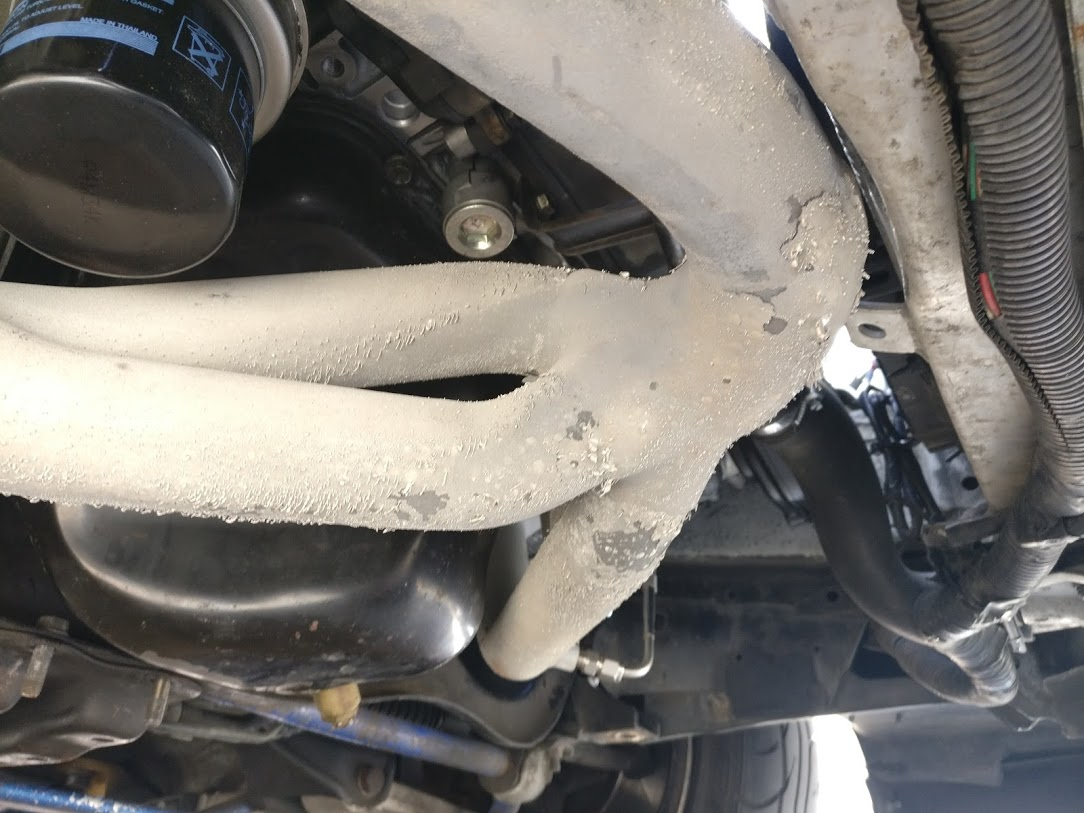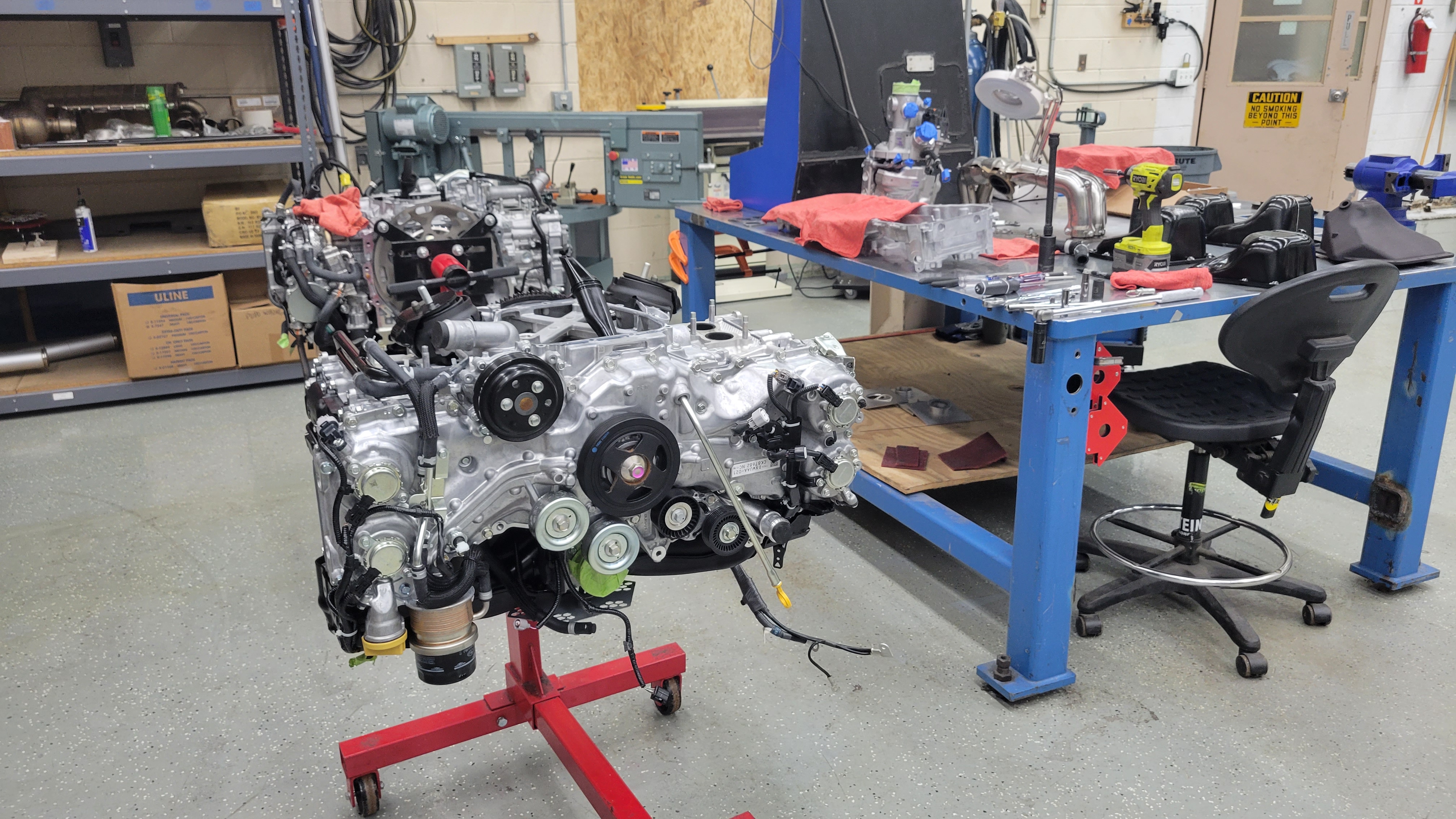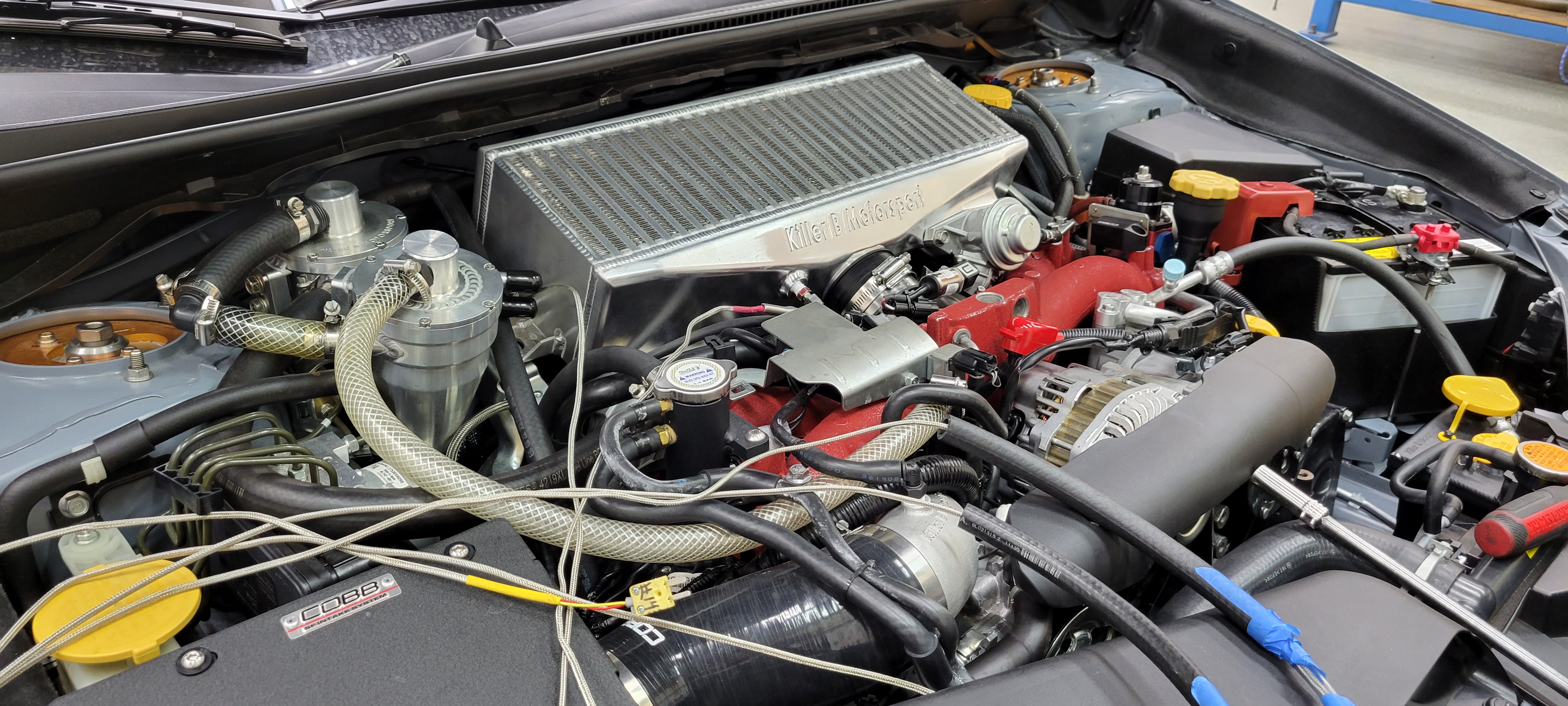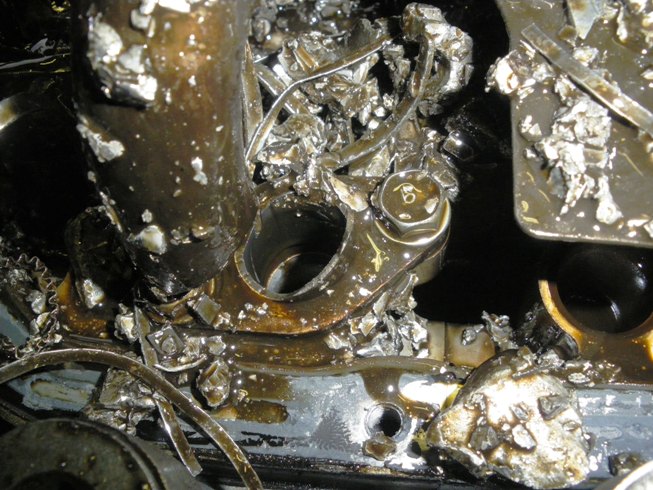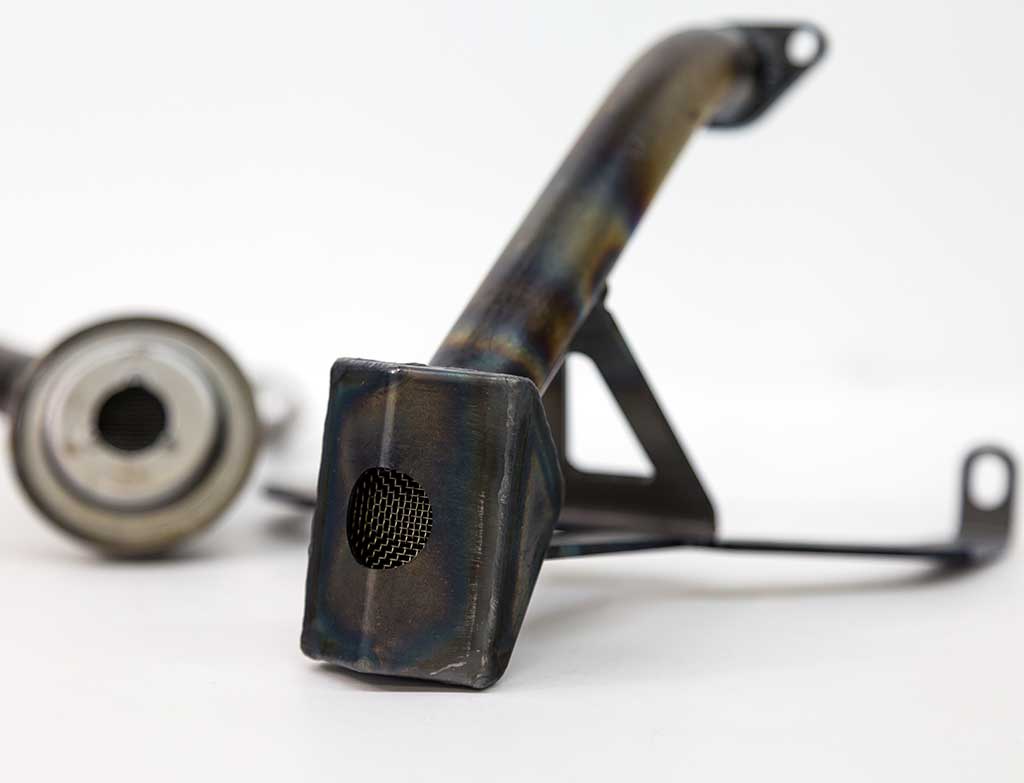Why are my coated headers so ugly?
Why are my coated headers so ugly?
One question we often receive is about our Swain Tech "White Lightning" header coating. If you are not familiar, here is a brief explanation of the product straight from Swain Tech's website.
"Like all of Swain Tech’s coatings, White Lightning™ is a performance improving coating. What makes White Lightning™ the best performance exhaust coating?
- White Lightning™ really is ceramic so the material is a superior insulating material.
- White Lightning is applied much thicker than any of the cosmetic coatings. White Lightning™ is applied about .015” thick compared to about .002” thick for the cosmetic coatings. Because White Lightning™ is the best insulating material and it is applied thicker than any other coating, White Lightning™ offers performance improvements that cannot be matched."
You can learn more here.
Now that you know what "White Lightning Ceramic Coating" is, we can move on to why I am writing this blog post. Customers who purchase this option for our headers often come back and state that the coating is failing. They can see the coating flaking off, turning brown and growing little beads on the exterior.
Here is the good news. The coating is not failing. It's just ugly and I'll explain why after this next point.
We chose this product because "as of the time of this article" data shows that this coating is the highest performing insulative option aside from exhaust wrap. (I'll create another post that explains why we do not recommend wrapping headers for most customers). We did not choose this product because it is aesthetically pleasing. That's not what we do.
This ceramic coating appears off-white and course in texture. After a few heat cycles it can turn brown, grow small ceramic beads on the exterior and start to flake. So why does this happen?
White Lightning consists of three layers. The first two layers provide all of the insulation and are indistinguishable from stainless steel. To remove these layers, you would need to grind them off because during the coating process they become part of the substrate. The third layer that you see on the finished product is to signify that the process has been completed. It has no effect on the performance of the coating. If this third layer was not applied, you would be hard pressed to know if the process was completed.
I hope this explanation clears up any misconception about the longevity of this valuable product.

